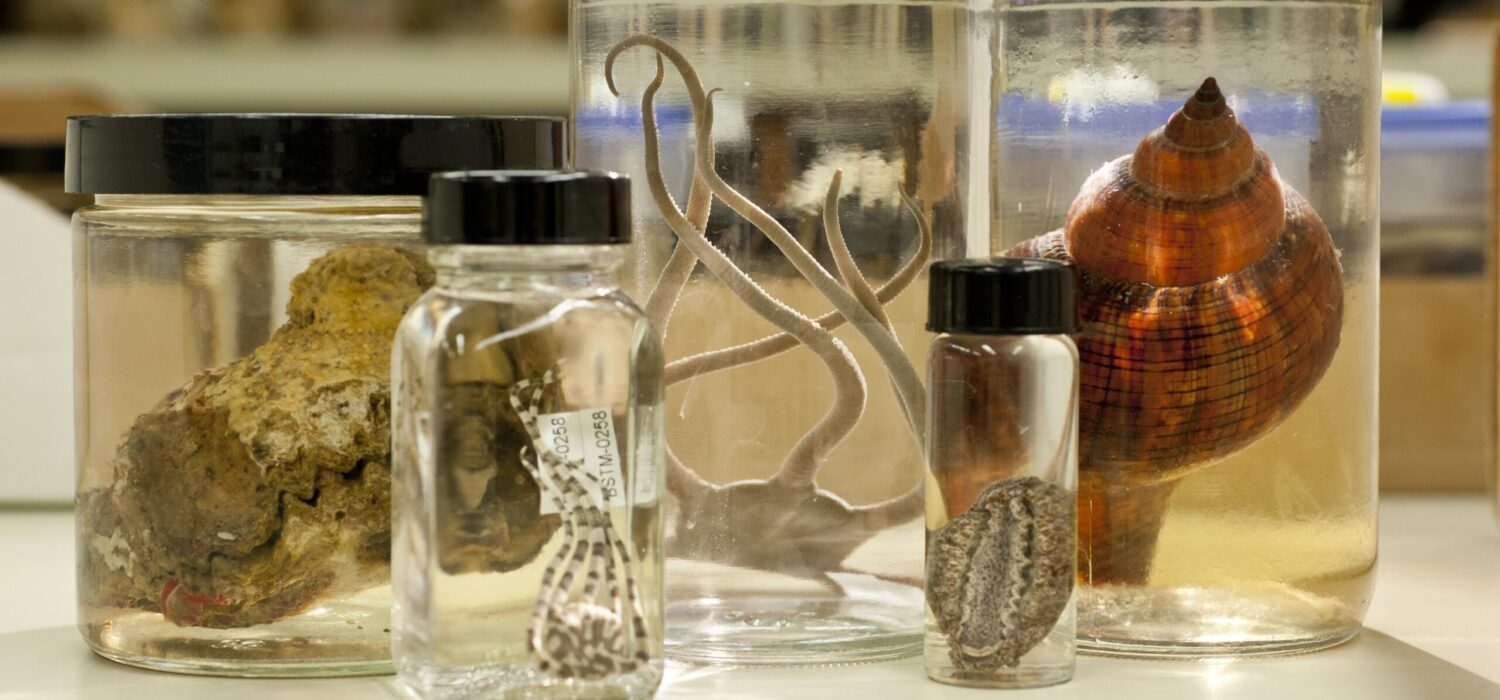Two recent publications on pollution in National Parks utilized natural history collections to establish baselines of environmental contamination. Published in the June 15 issue of Environmental Science and Technology, the studies found that pesticides and polycyclic aromatic hydrocarbons (PAHs) were prevalent throughout National Parks in the western United States.
“I think what continues to surprise me even though we’ve been studying this issue for a while now is that when we think of parks, we think of them being very pristine and especially with the more remote sites within the parks, we think of them as being pristine, but, in fact, there is deposition of pollutants within those sites and it can be significant in some of those areas,” said Staci Simonich, an associate professor of environmental and molecular toxicology at Oregon State University and an investigator on both of the studies. Simonich noted that the pesticide pollution is so routine in contemporary society that researchers had to use museum specimens to find baseline data that existed prior to pesticide use.

